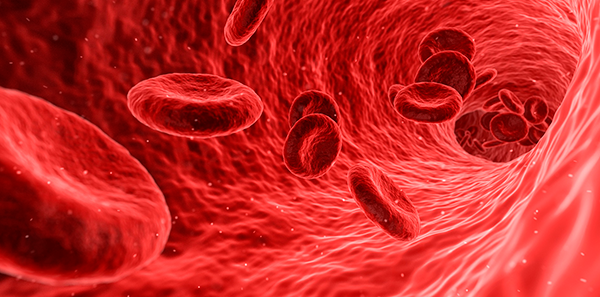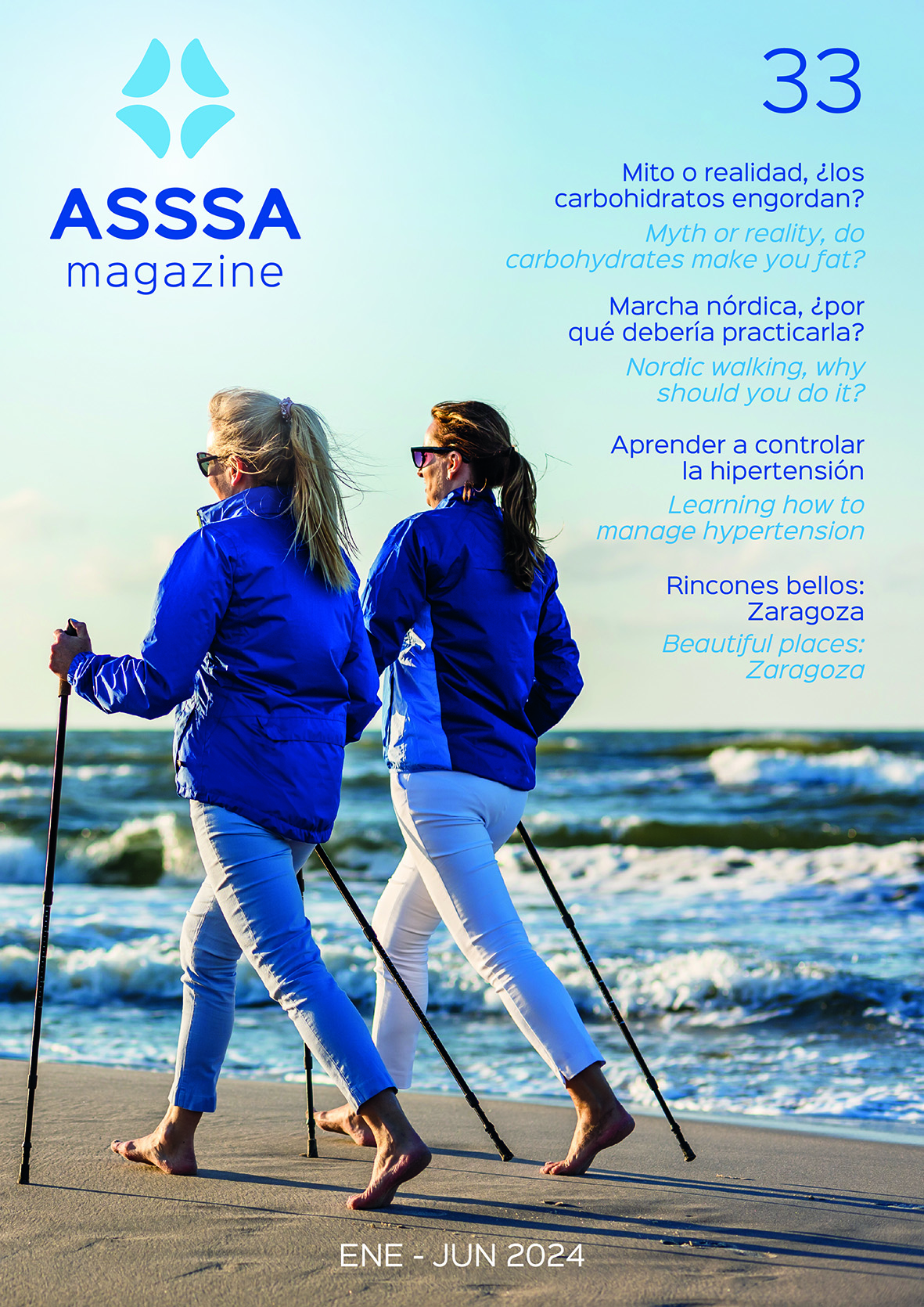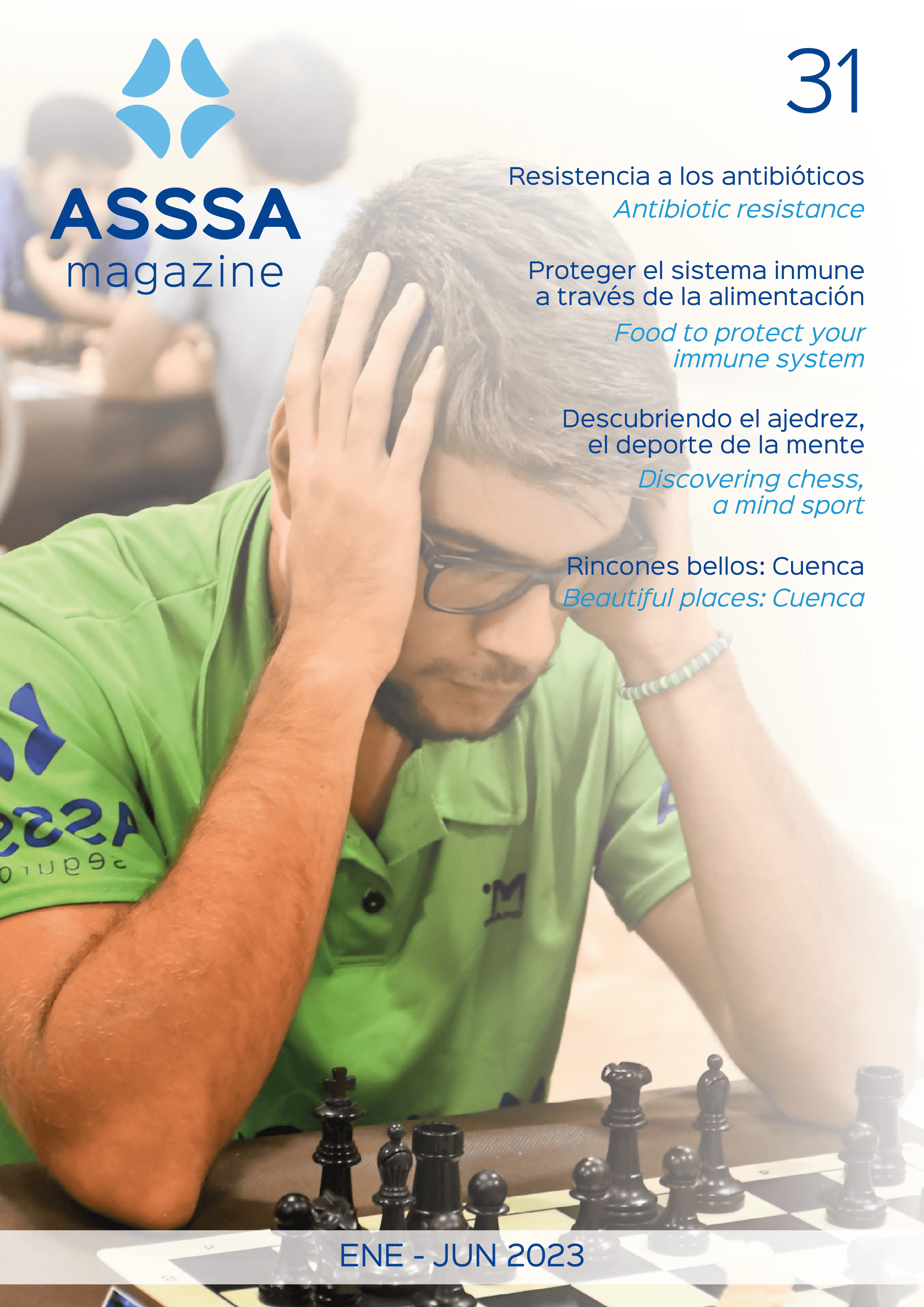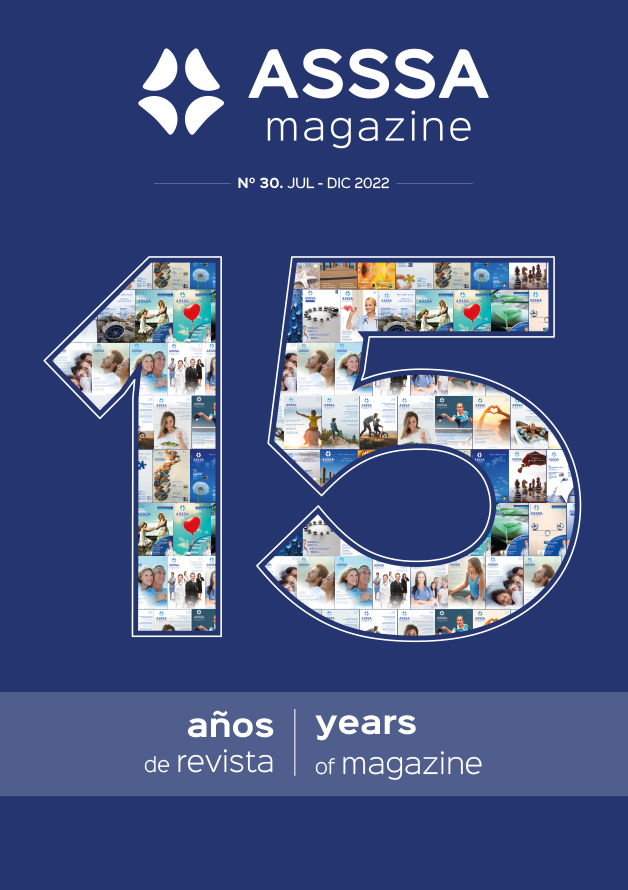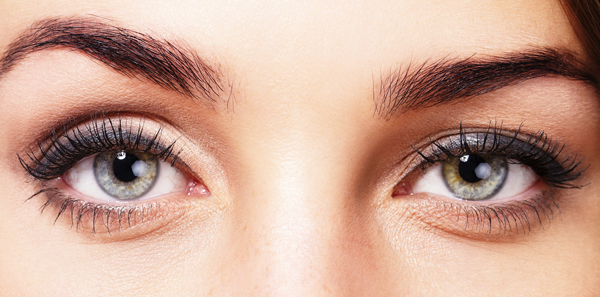
If you notice your ayes are stinging, you have druness, redness or a gritty feeling, or if they are sensitive to light, you develop eye fatigue or ypu have trouble opening your ayes irst thing in the morning, you may be suffering from dry eyes syndrome.
This condition is caused by a disorder in the tear film, which may be due to a problem with either its quality or its quantity. Nowadays it is the most frequent disease treated in specialist eye clinics, affecting one in ten people, around 5 million Spaniards.
Although you may think tears are just a liquid in the eye, thay have important functions, such a providing a smooth, even surface to ensure clear vision, keeping the eye surface comfortable, protecting the eye from external environmental damage and from infection, and supplying nutrients to the corneal epithelial cells.
The approximately 100 causes that can trigger dry eye syndrome can be classified into 10 groups, the first 5 of which usually affect many exocrine glands (eyes, nose, mouth, bagina, skin), whereas the last 5 normally only affect the glands in both ayes, in one aye or even a single kind of gland in one eye.
1. Age: with age everyone develops a more or less noticeable dryness in the eyes, mouth, throat, etc.
2. Hormonal: pregnancy, taking oral contraceptives, hormonal changes, etc.
3. Pharmacological: tranquillisers, antidepressants, drugs of Parkinson's disease, anthiestamines, diuretics, etc.
4. Immunological: Sjögren's syndrome, Stevens-Johnson syndrome, Lyell's syndrome, etc.
5. Hyponutrition: hypovitaminosis A, rare developed countries, where it is usually caused by poor intestinal absorption (alcoholism, Crohn's disease, intestinal resection, etc.) or by followin a fat-free diet.
6.Dusgenic: various embryo-foetal diseases that may be hereditary or sporadic.
7. Inflammatory: generally infections in the glands that poduce tears (fungus, tuberculosis, trachoma, blepharitis, etc.).
8. Traumatic.
9. Neurodeprivative: anything affecting the nerve pathways that inter vene in the normal functioning of the tear production process (herpes, operations for myopia, contact lenses, fatigue, sleepiness, anxiety, etc.).
10. Conditions in which, although tear secretion is normal, the eye cannot use it (eyelid paralysis, drooping eyelid, excessive evapoation caused by air conditioning, wind, heating, etc.).
Because it is a chronic condition, dry eye syndrome requires long-term treatment. It is very important that the patient adopts a series of healthy lifestyle habits and follows the pharmacological treatment prescribed thei doctor to alleviate their symptoms. Nowadays, front line pharmacological treatment involves increasing the tear film with the instillation of artificial tears.
Tips:
1. Avoid being exposed to drafts of air that cause tears to evaporate (not turning fans so they blow straight into the face, not driving with the windows down, using sunglasses outdorrs, etc.).
2. Prevent the atmosphere indoors from drying out by using humidifiers.
3. Protect the eyes from environmental pollution, avoiding places like the beach or the countryside on windy days, avoiding exposure to domestic dust, cigarette smoke and solvents.
4. Deliberately blink more often several times a day, especially if facing any type of screen. Clean the outer rims of the eyelids with special moist wipes.
5. Drink plenty of water during the day.
6. Follow a diet rich in omega 3 and omega 6 fatty acids and vitamin A.
Dr. Jose García de la Infanta Fuentes – Doctor Ophtalmologist
The information published in this media neither substitutes nor complements in any way the direct supervision of a doctor, his diagnosis or the treatment that he may prescribe. It should also not be used for self-diagnosis.
The exclusive responsibility for the use of this service lies with the reader.
ASSSA advises you to always consult your doctor about any issue concerning your health.


